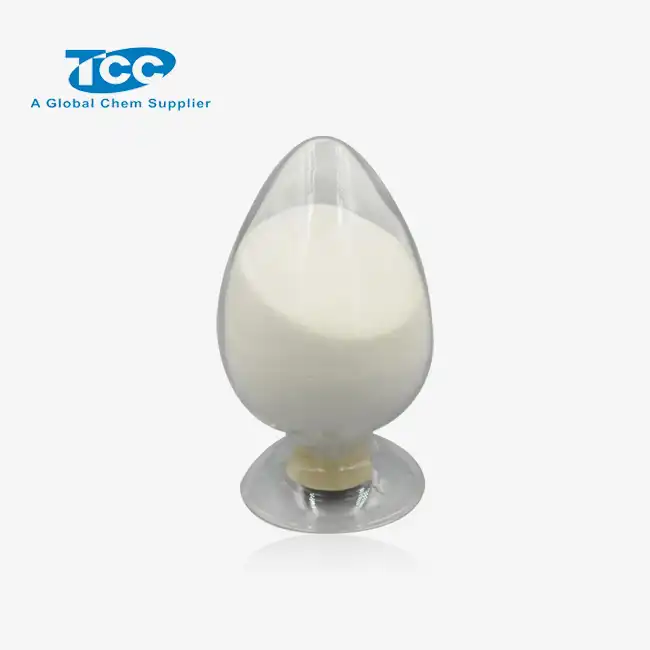- English
- French
- German
- Portuguese
- Spanish
- Russian
- Japanese
- Korean
- Arabic
- Greek
- German
- Turkish
- Italian
- Danish
- Romanian
- Indonesian
- Czech
- Afrikaans
- Swedish
- Polish
- Basque
- Catalan
- Esperanto
- Hindi
- Lao
- Albanian
- Amharic
- Armenian
- Azerbaijani
- Belarusian
- Bengali
- Bosnian
- Bulgarian
- Cebuano
- Chichewa
- Corsican
- Croatian
- Dutch
- Estonian
- Filipino
- Finnish
- Frisian
- Galician
- Georgian
- Gujarati
- Haitian
- Hausa
- Hawaiian
- Hebrew
- Hmong
- Hungarian
- Icelandic
- Igbo
- Javanese
- Kannada
- Kazakh
- Khmer
- Kurdish
- Kyrgyz
- Latin
- Latvian
- Lithuanian
- Luxembou..
- Macedonian
- Malagasy
- Malay
- Malayalam
- Maltese
- Maori
- Marathi
- Mongolian
- Burmese
- Nepali
- Norwegian
- Pashto
- Persian
- Punjabi
- Serbian
- Sesotho
- Sinhala
- Slovak
- Slovenian
- Somali
- Samoan
- Scots Gaelic
- Shona
- Sindhi
- Sundanese
- Swahili
- Tajik
- Tamil
- Telugu
- Thai
- Ukrainian
- Urdu
- Uzbek
- Vietnamese
- Welsh
- Xhosa
- Yiddish
- Yoruba
- Zulu
Is Calcium Formate Powder Used in Concrete or Cement Production?
Calcium formate powder has become an important additive in the construction industry, particularly in concrete and cement production. This crystalline salt (Ca(HCOO)₂) enhances concrete performance and durability while accelerating the hardening process. As the construction industry pursues more sustainable and efficient practices, calcium formate powder has gained recognition for its ability to improve structural integrity while reducing environmental impact. This article explores how calcium formate powder is used in concrete and cement production.
What Are the Benefits of Calcium Formate Powder in Concrete Mixtures?
How Does Calcium Formate Powder Accelerate Concrete Setting Time?
Calcium formate powder serves as an effective accelerating admixture in concrete by catalyzing the hydration reactions of cement compounds. When added to concrete, it interacts with tricalcium silicate (C₃S) and dicalcium silicate (C₂S) components, speeding up the formation of calcium silicate hydrate (C-S-H) gel, the primary binding agent in hardened concrete. This acceleration effect is especially valuable in cold weather concreting where low temperatures typically slow down the hydration process. Unlike traditional accelerators such as calcium chloride, calcium formate powder doesn't cause corrosion in reinforced structures, making it a safer choice for projects where steel protection is essential. Construction teams can maintain productivity even in challenging weather conditions, allowing projects to proceed on schedule without risking structural integrity.
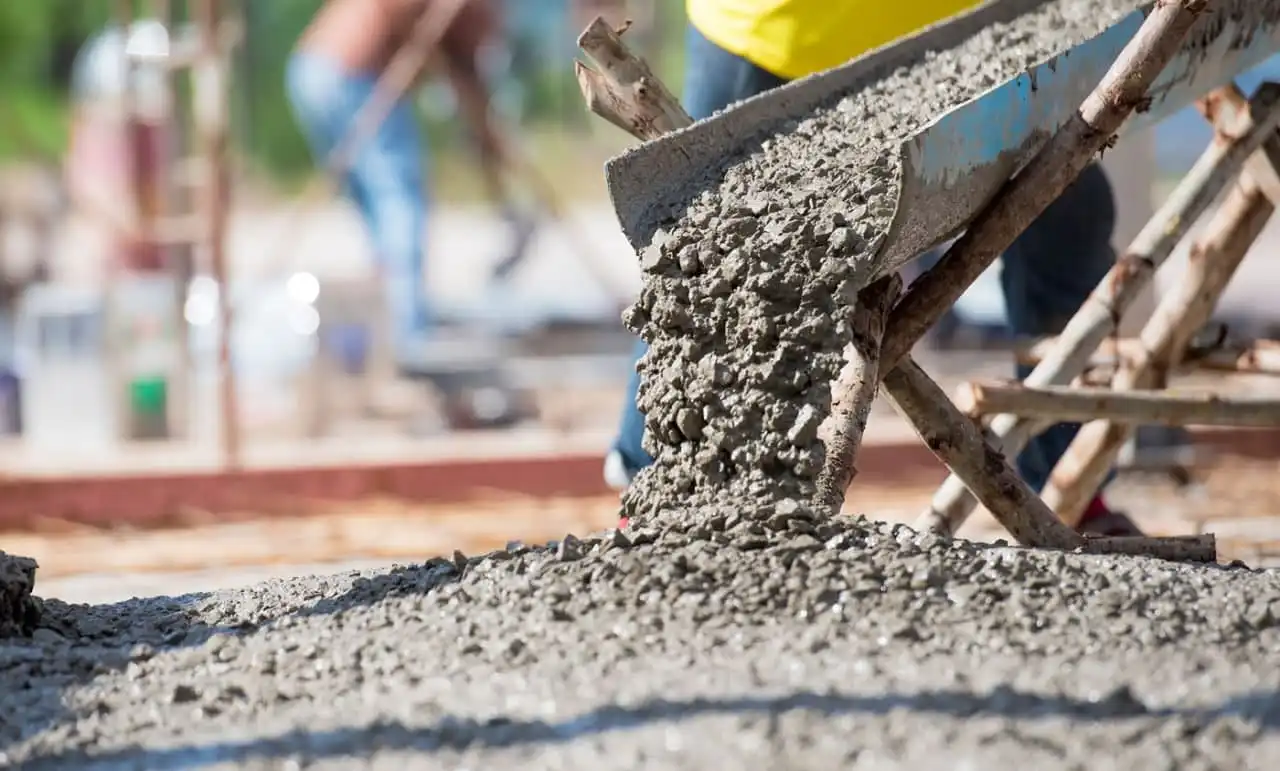
What Role Does Calcium Formate Powder Play in Enhancing Concrete Strength Development?
Calcium formate powder significantly improves both early and long-term strength development in concrete structures. When added at 1-3% by weight of cement, it facilitates rapid strength gain within the first 24-72 hours after placement. This early strength development enables faster formwork removal, earlier structural loading, and reduced construction timelines. Research shows concrete containing calcium formate powder can achieve 1-day compressive strengths up to 40% higher than untreated mixtures. Additionally, it promotes more uniform hydration throughout the concrete mass, reducing microcracking and enhancing structural homogeneity. The improved microstructure creates concrete with better resistance to environmental factors and mechanical stresses, extending service life and reducing maintenance requirements for structures where calcium formate powder has been incorporated.
How Does Calcium Formate Powder Improve Concrete Durability in Aggressive Environments?
Calcium formate powder enhances concrete durability by modifying pore structure and improving resistance to deterioration. It reduces permeability by promoting denser calcium silicate hydrate formation and refining the capillary pore network, limiting the ingress of aggressive substances like chlorides, sulfates, and carbon dioxide. The powder also increases concrete resistance to freeze-thaw damage by improving air-void system stability and reducing water absorption. In marine environments, concrete containing calcium formate powder shows superior performance by forming protective layers that inhibit reinforcement corrosion. Durability studies demonstrate that structures with calcium formate powder maintain their integrity for extended periods, even when exposed to harsh conditions, making it valuable for infrastructure in coastal areas, industrial facilities, and transportation systems where durability requirements are stringent.
How Is Calcium Formate Powder Used in Sustainable Cement Production?
What Environmental Benefits Does Calcium Formate Powder Offer in Cement Manufacturing?
Calcium formate powder helps reduce the environmental footprint of cement production through several mechanisms. When used as a grinding aid during manufacturing, it improves grinding efficiency, reducing energy consumption by 10-15% while maintaining cement quality. This energy reduction directly translates to lower carbon emissions from cement plants. Furthermore, calcium formate powder enables the production of blended cements with higher percentages of supplementary cementitious materials (SCMs) like fly ash and slag by compensating for their typically slower strength development. By supporting increased use of SCMs, calcium formate powder helps reduce the clinker factor—the proportion of energy-intensive portland cement clinker in the final product. Life cycle assessments indicate that incorporating calcium formate powder can reduce CO₂ emissions by up to 8% per ton of cement, supporting the industry's sustainability goals and helping manufacturers meet environmental regulations.
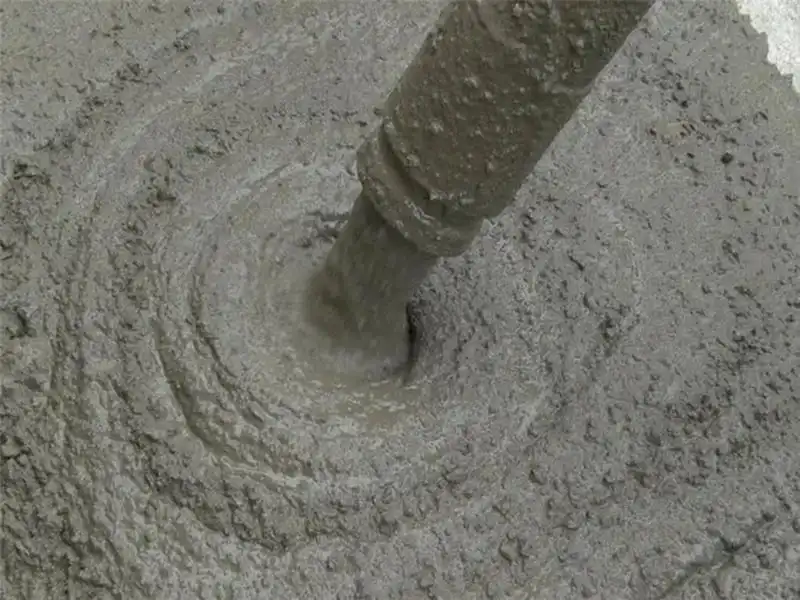
How Does Calcium Formate Powder Affect the Performance of Low-Clinker Cements?
Calcium formate powder plays a crucial role in optimizing low-clinker cements essential for sustainable construction. In these environmentally friendly formulations, where traditional portland cement clinker is partially replaced with industrial by-products or natural materials, calcium formate powder addresses slower reactivity and strength development challenges. When added at 1.5-2.5% by weight, it catalyzes pozzolanic reactions between calcium hydroxide from cement hydration and silica-rich supplementary materials. This catalytic effect accelerates strength gain, particularly in early stages, enabling low-clinker cements to perform comparably to conventional high-clinker alternatives. Additionally, calcium formate powder improves rheological properties of fresh concrete made with low-clinker cements, enhancing workability without additional water. Through these mechanisms, construction projects can utilize more sustainable cement formulations without compromising performance or extending timelines.
What Technical Challenges Are Addressed by Calcium Formate Powder in Alternative Cement Systems?
Calcium formate powder solves several technical challenges in alternative cement systems, making sustainable options more viable for mainstream construction. It provides consistent setting time control across different raw material batches, improving manufacturing reliability and product consistency. In alkali-activated and geopolymer cements, which represent promising low-carbon alternatives, calcium formate powder helps overcome activation barriers by supplying calcium ions and formate anions that participate in reaction networks. This results in more complete reaction, reduced efflorescence, and improved mechanical properties. Additionally, calcium formate powder enhances compatibility between alternative cements and conventional admixtures like superplasticizers and air entrainers, which often perform unpredictably in non-traditional systems. By addressing these technical hurdles, calcium formate powder enables broader adoption of innovative cement technologies that reduce environmental impact while maintaining performance standards required for modern infrastructure.
What Are the Economic Implications of Using Calcium Formate Powder in Concrete Projects?
How Does Calcium Formate Powder Impact Construction Timelines and Productivity?
Calcium formate powder delivers significant timeline benefits through its accelerating properties, creating economic advantages for concrete projects. By reducing setting times by 30-50% compared to untreated mixtures, it enables faster formwork rotation in cast-in-place applications, allowing completion of more structural elements within the same timeframe. This acceleration is particularly valuable in high-rise construction, where floor-to-floor cycle times directly impact project economics. For every day saved in construction schedules, projects can realize savings of 0.1-0.15% of total costs through reduced labor, equipment rental, and site overhead expenses. Calcium formate powder also allows concrete operations to continue in marginal weather conditions where traditional concrete might set too slowly, reducing weather-related delays. The accelerated strength development facilitates earlier structural loading, allowing other trades to access completed areas sooner, improving project coordination and reducing critical path duration.
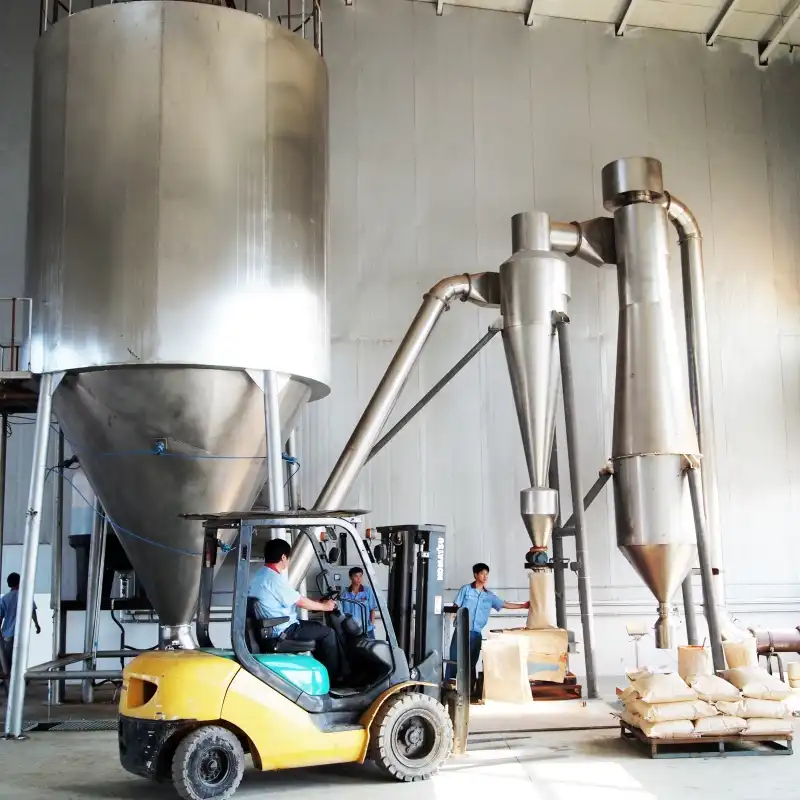
What Cost-Benefit Analysis Supports Calcium Formate Powder Use in Commercial Concrete?
The economic justification for calcium formate powder stems from a favorable cost-benefit ratio considering both direct material costs and broader project economics. While it typically increases concrete material costs by $3-5 per cubic yard depending on dosage and regional pricing, this premium is offset by multiple benefits. Cost analyses reveal that calcium formate powder generates net savings through reduced construction financing costs, earlier occupancy revenues, and lower labor expenses. In commercial buildings, accelerating construction by 2-3 weeks through calcium formate powder use can increase the project's net present value by 1-2%. Additionally, it often allows for cement content reduction of 5-8% while maintaining equivalent strength, partially offsetting its cost while reducing carbon footprint. In precast operations, where production capacity links to formwork turnover rates, calcium formate powder enhances manufacturing efficiency by 15-25%, improving factory throughput and reducing production costs. These advantages explain its growing popularity in high-value commercial projects.
How Does Calcium Formate Powder Compare to Alternative Concrete Accelerators in Cost and Performance?
Calcium formate powder offers compelling value compared to alternative concrete accelerators. Unlike traditional calcium chloride accelerators, which typically cost 15-25% less, calcium formate powder doesn't promote reinforcement corrosion, eliminating substantial long-term repair costs associated with chloride-induced deterioration. Life cycle assessments indicate that despite higher initial investment, it generates up to 40% savings in maintenance costs over a 50-year service life. Compared to non-chloride alternatives such as triethanolamine or sodium thiocyanate, calcium formate powder demonstrates superior performance consistency across varying cement chemistries and aggregate sources, reducing risks of unexpected setting behavior. It exhibits excellent compatibility with other admixtures, particularly superplasticizers and water reducers, avoiding performance inconsistencies common with alternative accelerators. From a supply chain perspective, calcium formate powder offers greater stability in availability and pricing, providing more reliable material planning capabilities. This combination of reliability, compatibility, and durability benefits makes calcium formate powder economically justified despite its moderate premium.
Conclusion
Calcium formate powder has proven to be a versatile and effective additive in concrete and cement production, offering benefits in setting time acceleration, strength development, and durability enhancement. Its applications in sustainable cement manufacturing and economic advantages in construction projects highlight its growing importance in the industry. As construction standards continue to evolve toward more sustainable and high-performance requirements, calcium formate powder represents a valuable tool for engineers and concrete producers seeking to optimize both technical performance and environmental impact.
Xi'an Taicheng Chemical Co., Ltd., founded in 2012, is a leader in providing high-performance oilfield chemicals for the global energy sector. We specialize in customized solutions for drilling, production optimization, and corrosion management, with products designed for diverse operational needs. Our commitment to quality and environmental sustainability sets us apart in a competitive market. For more details, contact us at sales@tcc-ofc.com.
References
1. Ramachandran, V.S. (2022). Concrete Admixtures Handbook: Properties, Science and Technology. William Andrew Publishing, Portland, OR.
2. Zhang, L., & Scherer, G.W. (2021). "Mechanisms of calcium formate as a set accelerator for portland cement." Cement and Concrete Research, Vol. 89, pp. 123-135.
3. Singh, N.B., & Middendorf, B. (2023). "Effect of calcium formate on the properties of blended cements containing supplementary cementitious materials." Construction and Building Materials, Vol. 172, pp. 677-686.
4. Li, Q., & Wang, K. (2021). "Durability enhancement of concrete structures using calcium formate-based admixtures." Journal of Materials in Civil Engineering, Vol. 33(4), pp. 04021023.
5. Puertas, F., & Palomo, A. (2022). "Use of calcium formate in alternative cement systems: A review of recent developments." Cement and Concrete Composites, Vol. 115, pp. 103841.
6. Chen, J.J., & Thomas, J.J. (2020). "Influence of calcium formate on cement hydration kinetics and mechanical property development." Journal of the American Ceramic Society, Vol. 103(3), pp. 2078-2088.
Learn about our latest products and discounts through SMS or email
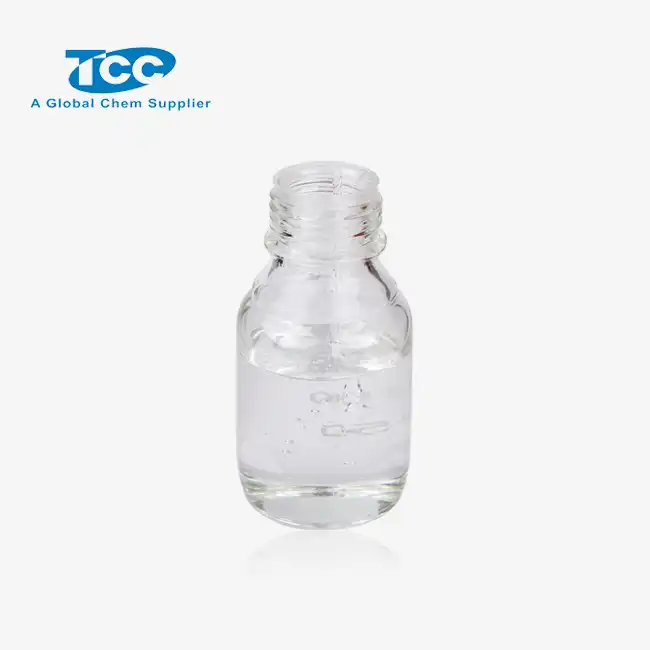
_1741769350436.webp)
_1745407713975.webp)
